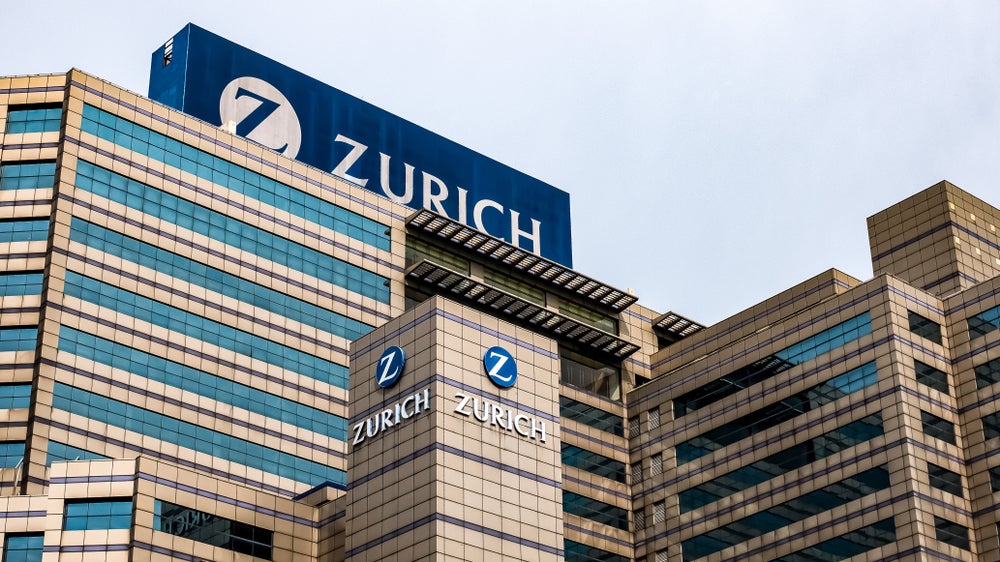The inevitability of China in the global economic context has been put to test over the last few years, and perhaps rightly so. With deepening consolidation of political power, tensions over Taiwan, harsh regulatory crackdowns and a failed zero-Covid policy, the China tailwind became a headwind for the global economy which was already bogged down by Covid-19 and the energy crisis resulting from the war in Ukraine.
As we herald the Chinese New Year of the Rabbit, the investment thesis for China has made a remarkable return. There is now a sense of optimism for 2023. There is cause for cheer. China has abandoned its zero-Covid policy and, despite the inevitable surge in infection rates, the economy is gradually re-opening as the long-suffering population comes out of hibernation. With factories returning to full capacity, global supply chain pressures should ease, and tills should start ringing again as the wave of ‘revenge consumption’ takes hold. In a further sign of seriousness to get back into the global economic arena, China is also appearing to adopt a softer diplomatic tone.
The Risk Context
While the reopening of the Chinese economy marks a significant milestone to unleash the economic output, the country has matched it with a range of market-friendly policy changes which, on paper, hold the potential to generate tailwinds in the coming months. The plan to relax restrictions on developer borrowing by dialling back the stringent “three red lines” policy that exacerbated the property sector meltdown, easing up on the tech crackdown on companies like Alibaba, and an attempt to shore up diplomacy with Australia by ending the coal import ban, are signs that the country is adopting market friendly changes; however it also demonstrates the fickle nature and cost of doing business in the country. The Chinese economy continues to be firmly coupled with the aims and ambitions of the Communist Party and, in particular, that of President Xi Jinping.
The Wider Global Impact
Businesses selling to Chinese consumers, as well as those reliant on Chinese factories, will be expected to see a boost, while inflationary pressures due to supply chain disruptions are set to ease in the medium term, especially if energy prices remain well below last year’s peaks.
Going from the learnings of the last three years, businesses may also be encouraged to rethink their operations, and look at diversifying or onshoring manufacturing and supply chains to mitigate any future risks.
The reopening of China’s economy, which seems likely to see growth accelerate this year, will help to offset the impact of slowing growth in the US and other western economies, alleviating the risk of a global recession.
How well do you really know your competitors?
Access the most comprehensive Company Profiles on the market, powered by GlobalData. Save hours of research. Gain competitive edge.

Thank you!
Your download email will arrive shortly
Not ready to buy yet? Download a free sample
We are confident about the unique quality of our Company Profiles. However, we want you to make the most beneficial decision for your business, so we offer a free sample that you can download by submitting the below form
By GlobalDataRecent positive statements from the Chinese government also suggests a wish to dial back confrontation with the US, with the new Foreign Minister Qin Gang quoting he is ‘deeply impressed’ with the Americans. Geopolitical and policy risks have not completely vanished as confrontation on matters including Semiconductors and Taiwan lingers, but there remains reasonable hope for a less confrontational relationship with China.
Despite a bright start to the year, market sentiment remains fragile, with signs of hope on the inflation front dampened by central banks determined to prevent premature optimism. These risks are front-loaded and, by the middle of the year, equity markets will be looking forward to the outlook for 2024, and could well be higher.
2023: economic stagnation on the horizon
Even if recession is avoided, 2023 looks likely to be a year of economic stagnation. Whatever the outcome, a lot of the negative impact appears to be priced in, with equity valuations e.g., Price/Earnings Ratios (P/E) substantially below their peak, especially in the dominant US market. Whilst we cannot rule out earnings disappointments and further P/E compression, any further valuation downgrades will create a stronger opportunity for growth into 2024. Focus will also firmly remain on central banks, particularly the Federal Reserve, as it continues to remain hawkish to tackle core inflation. While inflation appears to be cooling, it is well above the 2% target, which would mean that whilst interest rates are expected to peak mid-2023, they are likely to remain at an elevated level (at least relative to recent history) for a while before any descent.
It is expected that there will be positives with spending to combat climate change and renew infrastructure, with risks coming from inflation being more persistent than the above assumption and/or central banks over-tightening. The wildcards are an escalation or stagnation in the Ukraine conflict, a tight labour market leading to excessive pay bargaining, and how energy prices evolve over the next couple of quarters.
James Hart is Investment Director at Witan Investment Trust








Related Company Profiles
Witan Investment Trust Plc